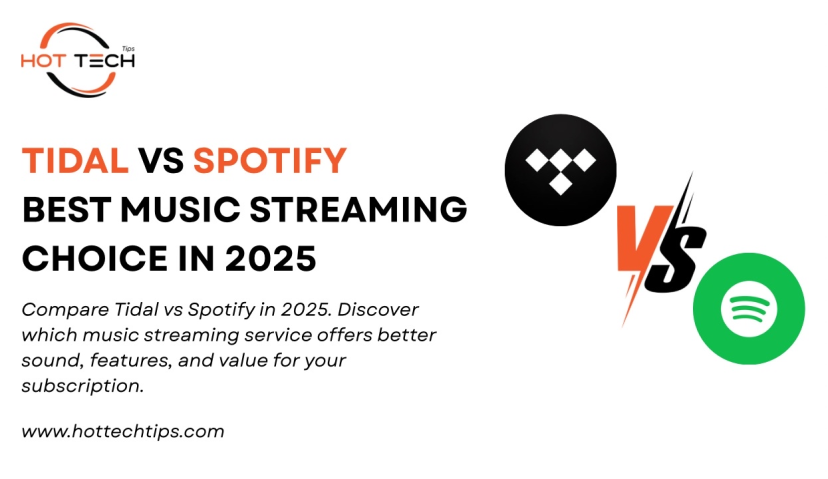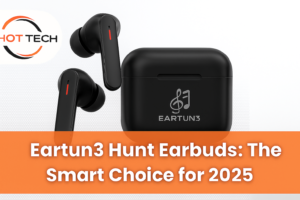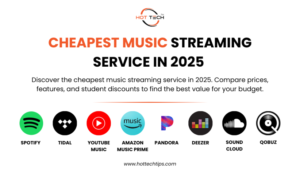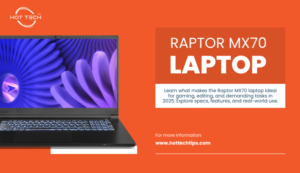If you’re exploring a new music streaming platform, then it won’t be surprising to have Tidal vs Spotify. Billions of songs and distinctive playlists are just the tip of the iceberg because both services listen to preferences with an array of niche features. But finding the proper service for you may turn out to be surprisingly complicated.
Concentrating only on the counts of either song or playlist doesn’t tell the whole story. With so many providers available, you’ll want to choose based on your desired sound, artist, special content, or cost-effectiveness.
Having made such an in-depth analysis of Tidal versus Spotify, we’ll touch upon all relevant factors to consider before making that subscription choice.
Why Compare Tidal and Spotify?
The intent here is clear: you’re in the market for purchase, sign up for, or switch. You’re caving to find the option that gives you the most bang for your subscription buck. Keeping that in mind, we have this comparison to help you make an informed choice.
It’s customized to people like you, who want to maximize the value of their monthly payment. We will look at the key features of both platforms and compare how each stacks up against the other.
Tidal vs Spotify: Music Library and Availability
Regardless of the service you decide to use, you’ll get access to a huge collection of songs. You can stream all your favorite artists, classic recordings, and, of course, latest tracks on both platforms.
Spotify:
Spotify tops it with its large local playlists, user-created playlists, and podcasts. It is oriented to present a huge variety of common melodies and distinctive, worldwide content.
Tidal:
Tidal really shines in the sphere of exclusive content, particularly hip-hop, R&B, and superior quality music options. If the preservation of the purity of sound is a concern to you, Tidal should be taken into consideration.
Spotify sound quality vs Tidal
Spotify:
It offers everyday sound quality, but was carried out with the introduction of their “HiFi tier” for better audio. However, Spotify’s superior data format is inadequate for Tidal’s MQA rate.
Tidal:
Tidal is featured for its high sound fidelity, with HiFi and Master Quality (MQA) versions. You achieve a sound quality that is virtually studio-quality, clear, precise, and highly meaningful. If playing on good headphones or speakers, you would immediately feel the difference.
Verdict: Tidal vs Spotify
Want premium sound? Go with Tidal Music. Want to stream leisurely, daily, while traveling or working? Spotify works just fine
Tidal and Spotify: User Experience and App Interface
Design and usability play a great role in your everyday streaming experience.
Spotify:
Navigating the app couldn’t be easier, it has a sleek, fast, and simple layout. Spotify’s design provides easy navigation for users of all abilities. It is easy to search for new jams or sort out playlists on Spotify.
Tidal:
Tidal is more visual, tending to please the audience. You’ll find big artist photos, expert curations, and in-depth credits on this app.
Tidal vs Spotify: UI/UX
- Would you prefer an easy-to-use interface and little clutter? Spotify wins.
- Tidal caters to the people who desire expertly handpicked content. Tidal has the edge.
Music Discovery and Recommendations
How proficient are the platforms in presenting you with music you will like? Let’s break it down:
Spotify:
A recommendation system is what makes Spotify known as such. Spotify’s Discover Weekly, Release Radar, and personal playlists are truly accurate. While using the service, the algorithms adjust according to your use, often resulting in unexpected discoveries.
Tidal:
You will discover curated playlists on Tidal as provided by respected music experts, DJs, and artists. Tidal’s suggestions are computer-based, not based on algorithms but human choices.
Tidal versus Spotify:
- If you use algorithms for discovering music, Spotify is the go-to platform.
- Tidal is the platform for expert historians who would opt for handpicked content.
Exclusive Content and Artist Support
The fact that here Tidal and Spotify take completely different approaches becomes obvious.
Tidal:
Tidal was established for Direct financial support. With Tidal, each stream pays artists more money, and fans have the chance to hear rare tracks, watch exclusive videos, and read behind-the-scenes stories.
“Direct Artist Payout” enables Tidal to offer fans an opportunity to use a portion of their payments to a preferred artist directly.
Spotify:
This platform’s core goes towards a wide audience reach and artist interviews, and not artist-centric features.
Verdict: Tidal and Spotify
If you prefer direct support of musicians, Tidal provides a better one.
Tidal vs Spotify: Pricing and Subscription Options
Let’s break down the numbers.
Spotify:
- Free tier with ads
- Premium Individual: ~$10.99/month
- Premium Duo and Family plans
- Student discounts available
Tidal:
- There is no free tier, however, there is only a free trial option.
- HiFi plan: ~$10.99/month
- HiFi Plus (Master Audio): ~$19.99/month
- Family and Student plans are available
Verdict: Tidal music vs Spotify
If being able to afford it comes on top of your list, then Spotify offers you the most flexibility, having its free and cost-effective plans.
If, however, quality music and artist backing are important, Tidal’s cost is a good deal when it comes to the services they offer.
Podcasts and Extra Features: Tidal vs Spotify
Spotify’s area of focus is podcasting. Spotify is now known to be a market leader in podcasts with a diverse range, including true crime shows, business shows, etc.
Tidal is music-first. As Tidal specializes in music, you might not find it to be the best option if you want to have music and podcasts in one account.
Verdict:
For a music-only experience, Tidal takes away anything extraneous and cuts to keep its point.
Offline Listening and Device Compatibility
Both platforms enable you to download tracks for offline listening, which is possible whether you are riding or driving around any place. You can even convert YouTube to MP3 using an online converter for offline listening.
In terms of device compatibility:
- You are able to use both apps on Android and iOS, desktops, smart TVs, and voice devices such as the Alexa.
- Spotify works with more third-party apps and platforms due to its longer time in the market
- Even while Tidal develops, it keeps focusing on its sound systems and audio capabilities, belonging to the class of HiFi.
Tidal vs Spotify: Which platform is more suitable for you?
Do you still wonder which platform beats the other when it comes to Spotify and Tidal? Let’s summarize:
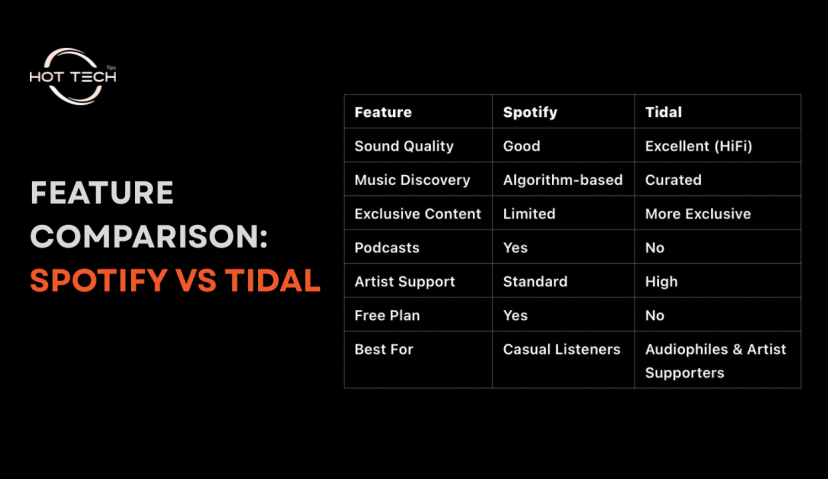
Choose Spotify if:
- You want a service that is user-friendly and budget-friendly
- You do not mind podcasts and listening to songs comfortably
- Personalized recommendations and curated playlists are important for you
Choose Tidal if:
- Sound quality is your number one desire
- You want to give more direct financial support to artists
- You enjoy music that is not readily accessible and is driven by in-depth editorial suggestions
Tidal vs Spotify: Commercial Value and Listening Experience
Although both services are highly satisfying for customers, they present rather distinct groups of listeners.
- If you value a cost-effective solution, appreciate the music suggestions, podcasts, and easy-to-use experience, then Spotify is the commercial winner.
- Tidal is perfect for those who expect the best from audio playback and have an unconditional love for sound. It is right for those willing to support the music industry directly.
Ultimately, when it comes to Tidal Music vs. Spotify, your preference for a platform to use will be based on your listening habits, what you value most, and what type of experience you wish for. Taste both apps by registering to access a free trial and compare how they make you feel.


